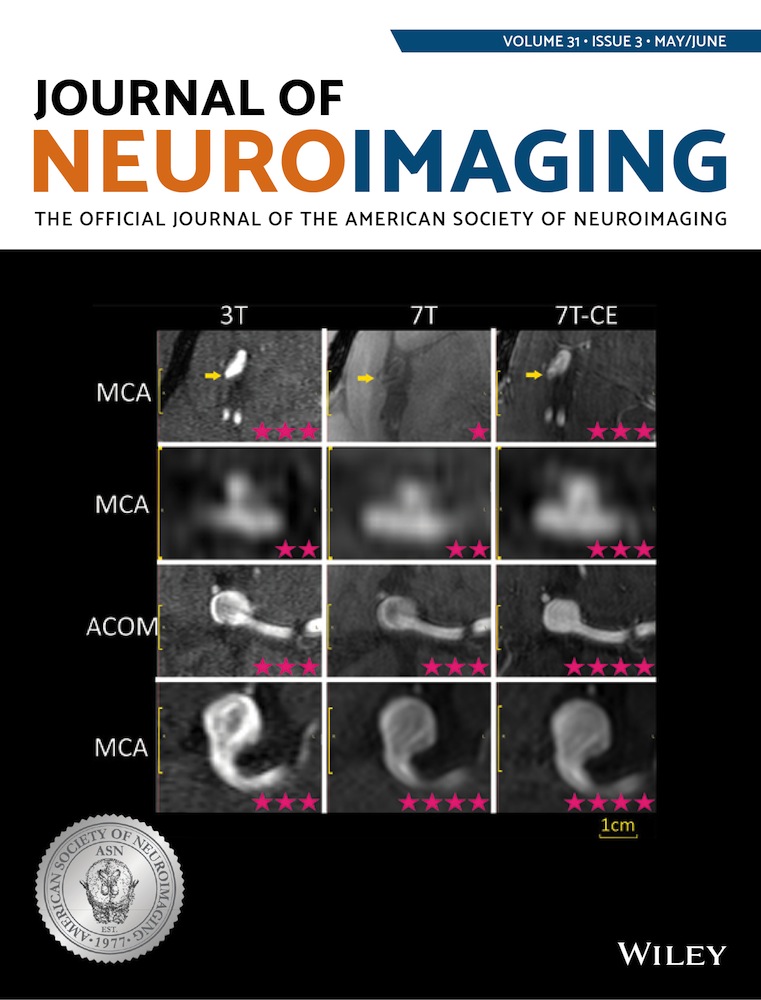Safety of MRI in the localization of implanted intracranial electrodes for refractory epilepsy
Acknowledgements and Disclosure: No funding was received for this study. The authors declare that they have no conflict of interest.
Abstract
BACKGROUND AND PURPOSE
This is an observational study to evaluate the safety of magnetic resonance imaging (MRI) to localize subdural grids and depth electrodes in patients with refractory epilepsy using a 1.5 Tesla MR scanner.
METHODS
We implemented an optimized MRI protocol providing adequate image quality for the assessment of subdural grids and depth electrodes, while minimizing the specific absorption rate (SAR). We reviewed all MRI studies performed in patients with subdural grids and depth electrodes between January 2010 and October 2018. Image quality was graded as acceptable or nonacceptable for the assessment of intracranial device positioning. We reviewed the medical record and any imaging obtained after intracranial implant removal for adverse event or complication occurring during and after the procedure.
RESULTS
Ninety-nine patients with refractory epilepsy underwent MRI scans using a magnetization-prepared rapid acquisition of gradient echo sequence and a transmit-receive head coil with depth electrodes and subdural grids in place. Two patients underwent two separate depth electrode implantations for a total of 101 procedures and MRI scans. No clinical adverse events were reported during or immediately after imaging. Image quality was graded as acceptable for 97 MRI scans. Review of follow-up CT and MRI studies after implant removal, available for 70 patients, did not demonstrate unexpected complications in 69 patients.
CONCLUSION
In our experience, a low SAR MRI protocol can be used to safely localize intracranial subdural grids and depth electrode in patients with refractory epilepsy.




